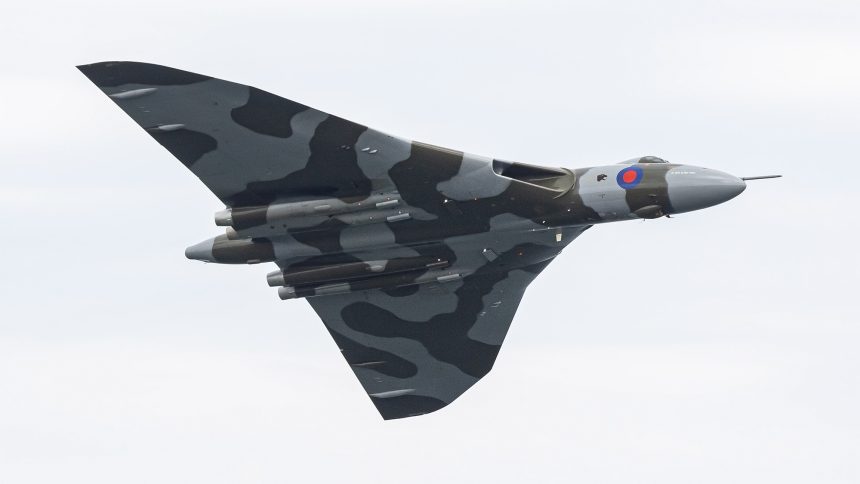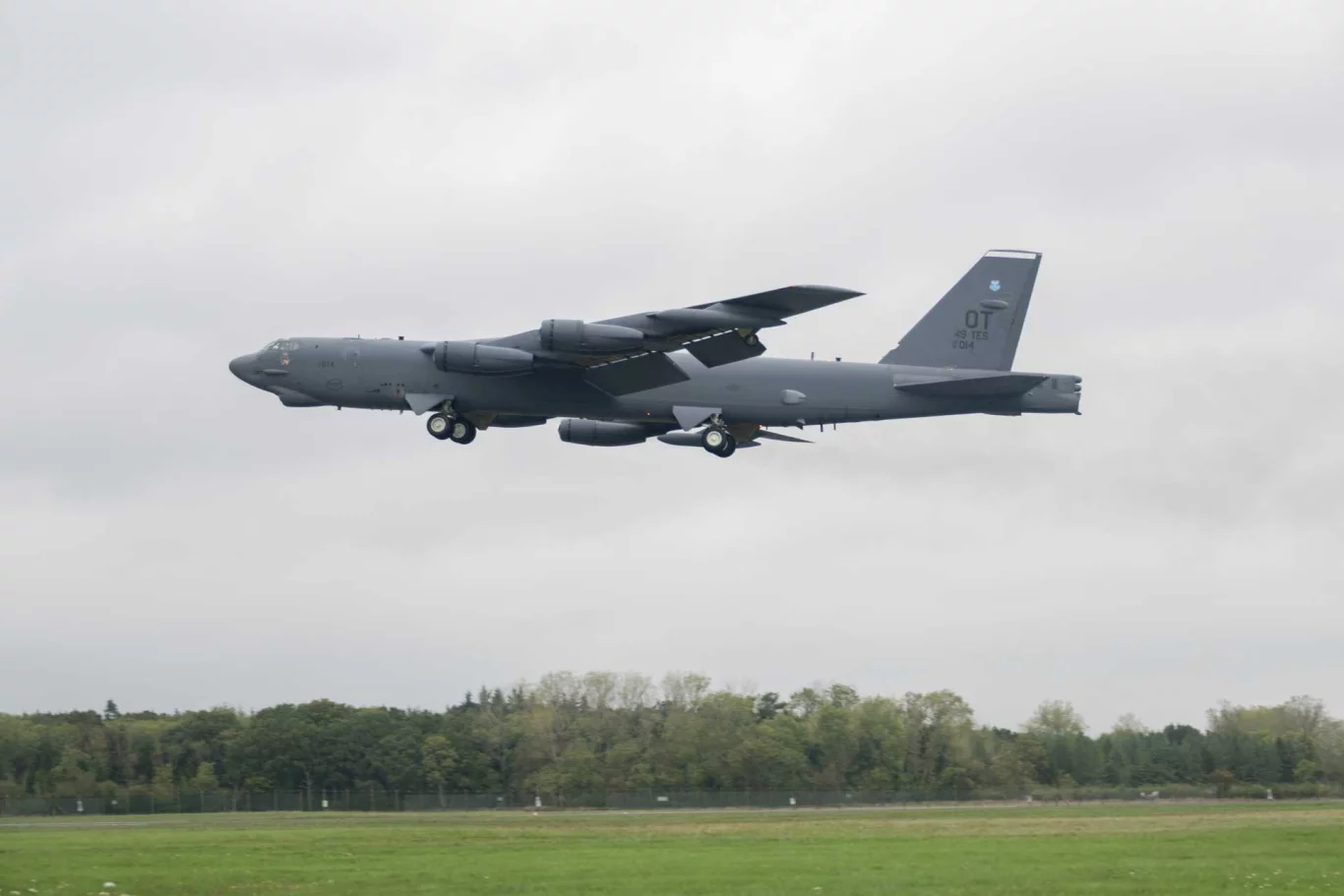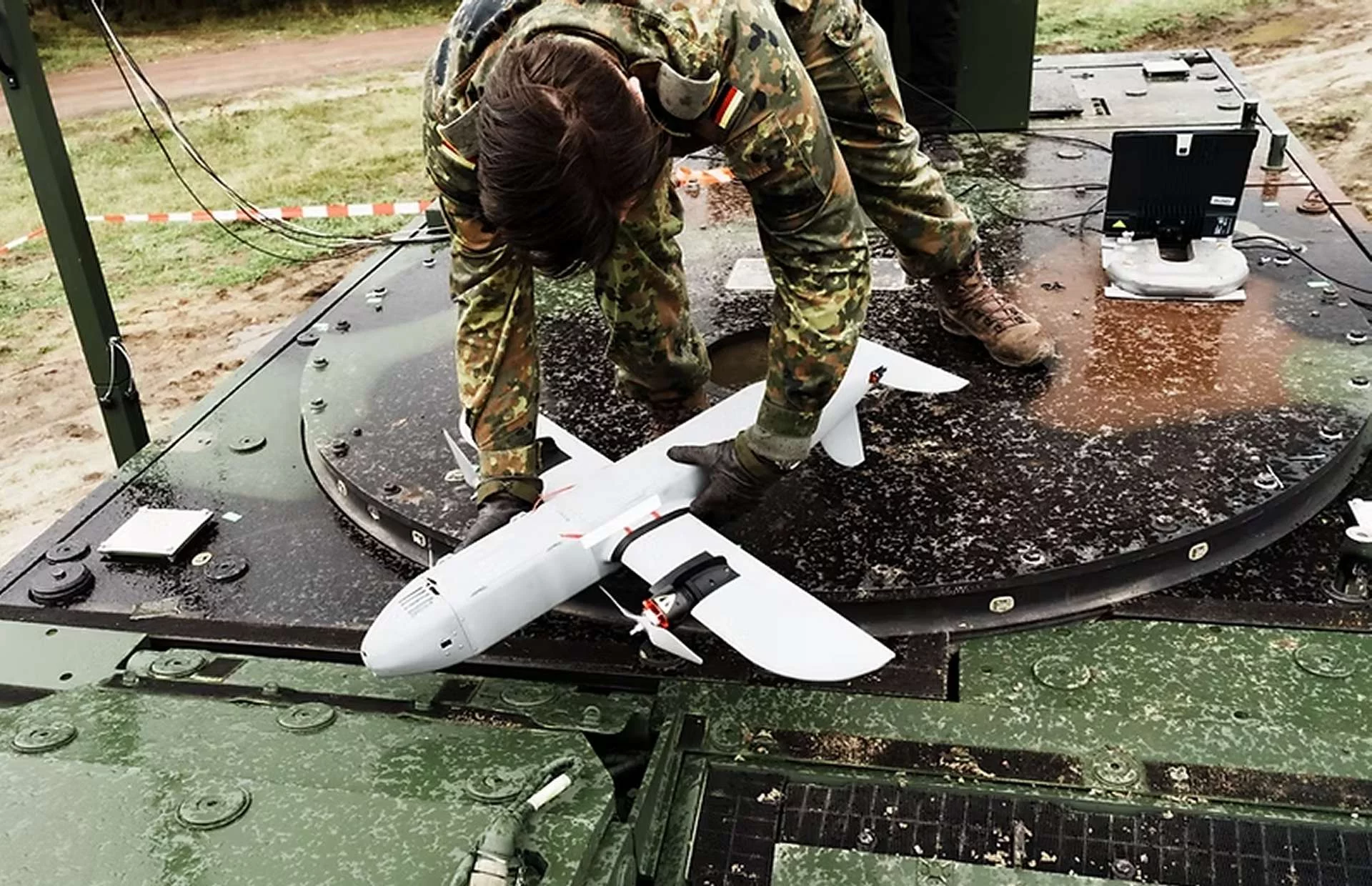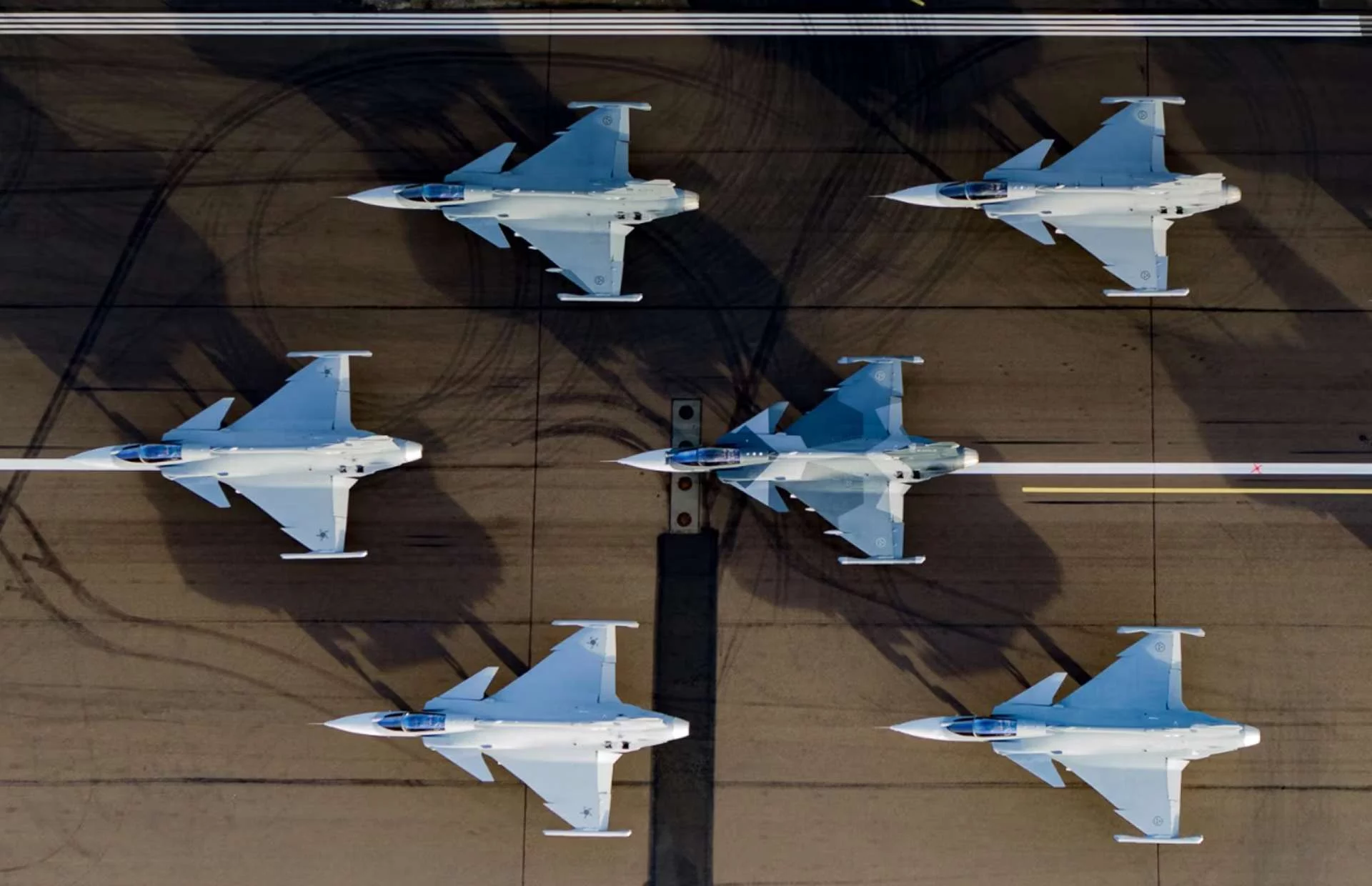October 28, 2015. For millions of aviation enthusiasts and a nation that had watched it patrol the skies for decades, it was a day etched into memory, a poignant farewell to an icon. Ten years have now passed since Avro Vulcan XH558, “The Spirit of Great Britain,” made its breathtaking final flight, bringing an end to an extraordinary chapter in aviation history. That day, crowds gathered, tears were shed, and a collective gasp of admiration rippled through the air as the delta-winged marvel performed its last majestic dance. It wasn’t just an aircraft; it was a symbol of British engineering prowess, Cold War deterrence, and the enduring spirit of flight.
The Avro Vulcan was born from the crucible of the Cold War, a requirement for a high-altitude strategic bomber capable of delivering Britain’s nascent nuclear deterrent. Designed in the late 1940s and entering service with the Royal Air Force (RAF) in the mid-1950s, the Vulcan was a radical departure from conventional bomber designs. Its distinctive delta wing, with its elegant sweep and enormous internal volume, was revolutionary. This aerodynamic marvel allowed for impressive speed and altitude capabilities, initially intended to outrun Soviet interceptors.
The sight of a Vulcan taking off, with its four mighty Olympus engines roaring to life and its delta wing generating immense lift, was always awe-inspiring. Its “howling” engines became synonymous with its power, a sound that stirred patriotic pride and simultaneously reminded a generation of the serious role it played in maintaining peace through deterrence. It was part of the RAF’s V-bomber force, alongside the Valiant and Victor, forming the backbone of the UK’s strategic nuclear deterrent before the Polaris submarine fleet took over.
While its primary role was strategic bombing, the Vulcan proved its versatility and adaptability. As Soviet air defenses improved, the Vulcan transitioned to a low-level penetration role, flying under enemy radar. This required significant modifications and intensive pilot training, showcasing the aircraft’s robust design and the skill of its crews.
However, it was in the crucible of the 1982 Falklands War that the Vulcan etched its name indelibly into military history. Operation Black Buck was a series of audacious long-range bombing missions, flying from Ascension Island to the Falkland Islands – a round trip of over 6,600 nautical miles, requiring multiple air-to-air refuelings. These missions were the longest-range bombing raids in history at the time, demonstrating incredible logistical planning and the sheer endurance of both the aircraft and its crews. The very first Black Buck raid, which aimed to disable the Port Stanley airfield, sent a clear message of Britain’s reach and resolve, profoundly impacting the psychological aspect of the conflict. It was a remarkable swansong for an aircraft that had been destined for the scrap heap.
After its active military service, a single Vulcan, XH558, was preserved and, through an incredible fundraising effort by the Vulcan to the Sky Trust, was returned to flight in 2007. For eight glorious years, XH558 graced airshows across the UK, becoming a beloved symbol of British aviation heritage. Its displays were unforgettable: the thunderous take-offs, the surprisingly agile turns for such a large aircraft, and the iconic “Vulcan howl” as it passed overhead. It reconnected generations with a crucial piece of their history, inspiring young and old alike with the power and elegance of flight.
The decision for XH558’s final flight was not taken lightly. It was driven by the increasing challenges of maintaining its complex systems and the withdrawal of technical support from its original equipment manufacturers. Despite Herculean efforts by its dedicated team, the economics and engineering realities meant that continuous flight was no longer sustainable.
And so, on that fateful day ten years ago, XH558 performed its last aerial ballet. It was a day of mixed emotions – sadness for the end of an era, but immense pride in what had been achieved. The sight of it flying majestically one last time, with its distinctive silhouette against the sky, was a moment of profound reflection for many. It reminded us of the ingenuity of those who designed and built it, the courage of those who flew it, and the importance of preserving aviation history.
Today, ten years on, the Avro Vulcan’s legacy continues to inspire. XH558 itself remains preserved in a taxiable condition at Doncaster Sheffield Airport, a living monument to its past. Its story is told in museums and documentaries, ensuring that future generations understand its vital role in the Cold War and its dramatic contribution to the Falklands conflict. The Vulcan stands as a powerful reminder of an era where Britain pushed the boundaries of aerospace engineering and maintained its place at the forefront of global defense. Its final roar may have faded, but the echoes of its magnificent flight will resonate for many years to come.




